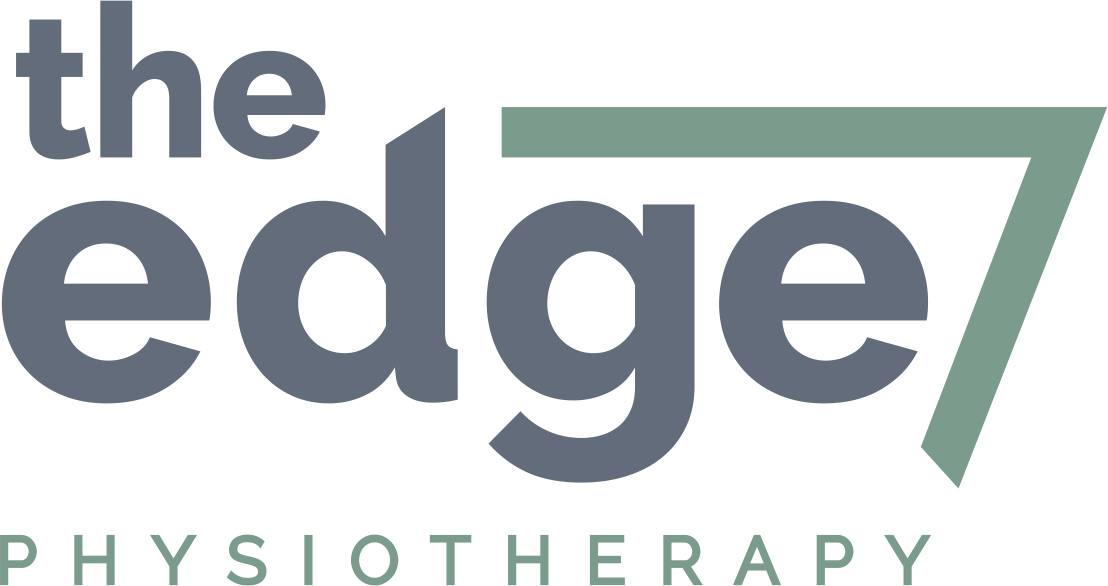Return to sport
It’s the beginning of a New Year and you know what that means….New Year’s resolutions. It’s a bit of a joke to say that you shouldn’t make a resolution that you intend on keeping. This is a very sad beginning and especially since many of us have good intentions when it comes to our health, and returning to sport, starting up at the gym, or signing up for a group sport is such a great way to improve our overall health. So here are a few facts: clinical guidelines (ACSM) for exercise is that the average adult must engage in 30mins 5 days a week of moderate intensity exercise, or 20mins 3 days a week of high intensity exercise, plus weight training 2 days a week minimum. Sounds like a lot doesn’t it? It depends on your point of view, if we have a commitment to our health, we find the time. And believe me I know what it means to be time poor: 2 kids under three, running your own business, working, managing a household and studying at the same time, are all time hogs. So here are some things to look out for on your journey towards a better you:
What is training overload and DOMS (Delayed Onset Muscle Soreness)?
It is perfectly normal to experience pain 24-48hrs after engaging in exercise again for the first time, and symptoms of soreness, stiffness, aching and mild cramping is common. We know that these symptoms are largely due to microtrauma of tissue (which is essential) and nerve responses to training. Generally we see a full resolution of these symptoms within 10 days but it is at its worst at 48hrs after exercise. Manage these uncomfortable sensations with being sensible, ice, massage, some stretching (though evidence is limited here), and modify your training but keep going!
Niggles and injuries
Be mindful of acute injuries or pain that doesn’t resolve, we know that there is “good” pain and “bad” pain, and when in doubt, be seen by your physiotherapist to make sure there isn’t something that needs to be managed. Prevention, however, is always better than a cure with a well thought out training program, proper equipment eg. shoes, good technique, and good nutrition.
Sleep
The single best recovery strategy available to us with recovery during intense training is sleeping. Without it, we have impaired immune and endocrine function, poor cognitive function, increases in pain response, poor mood and an altered metabolism.
Guidelines for sleep (CDC):
Teenager 8-10hrs a day
Adults (18-60yrs) 7> hrs a day
Adult (61-64yrs) 7-9hrs a day
Nutrition’
Good nutrition is vital for recovery and repair of tissue, including Vitamin D and Calcium, adequate carbohydrates and proteins. In particular, and what is often missed, is adequate fluid intake especially with regards to how much exercise you are doing. The general rule is 125%-150% of final fluid deficit i.e. (1.25 – 1.5L of fluid for every 1kg of body weight lost is what you are required to have. Aim for consumption of fluids target volume over a 2 – 4 hr period.
Lastly, be kind to yourself, it’s always hard to start on a new pathway, but know that this is you taking care of yourself and those around you.
Stay well, Andy and Sam

